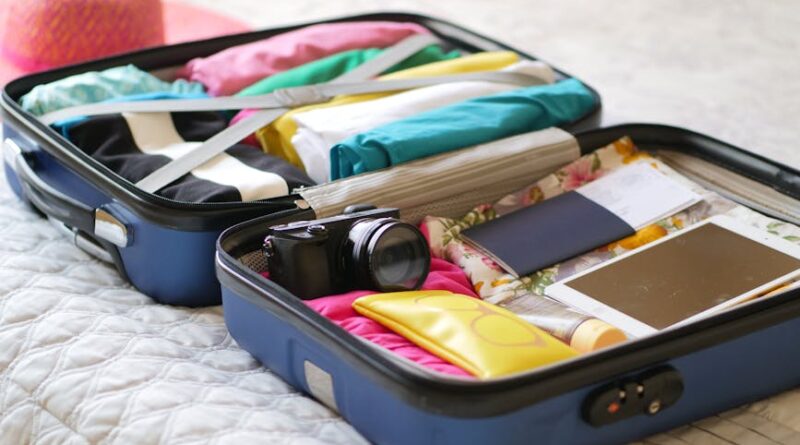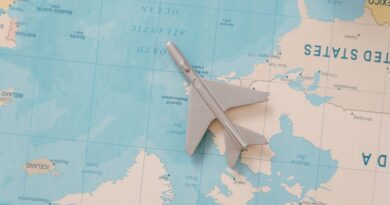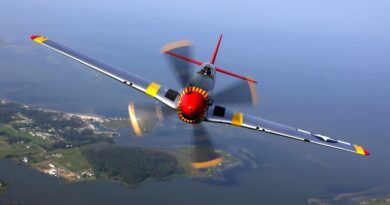Flight Gear Essentials for New Pilots
So, youve decided to take to the skies! Congratulations! As a new pilot, picking the right gear is crucial for safety and comfort. But what do you really need? Lets break down the essentials youll want to have as you prepare for your first flight.
What Gear Do You Need to Start Flying?
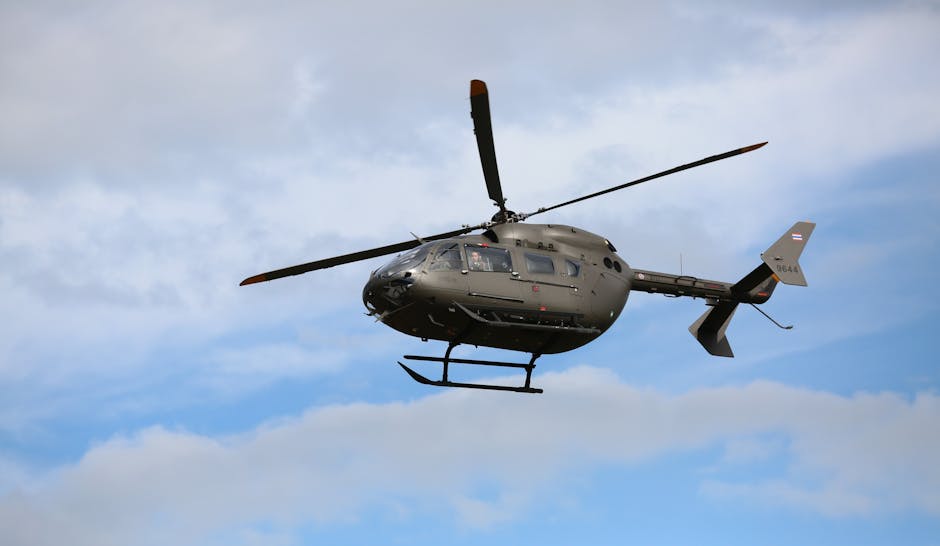
As a new pilot, you might feel overwhelmed by all the gear available. But you don’t need everything at once. Here are the basics:
- Headset: A good pilot headset is a must. It reduces noise and keeps communication clear.
- Pilot Logbook: Keep track of your flights, training hours, and experiences.
- Flight Bag: A sturdy bag to carry all your gear is essential.
- Charts and Navigation Tools: Knowing your way around is key. Invest in physical maps and a GPS device.
- Flight Computer: This handy tool helps with calculations like weight and balance.
These items are the starting point. Theyll help you fly safely and confidently.
Why Do You Need a Good Headset?
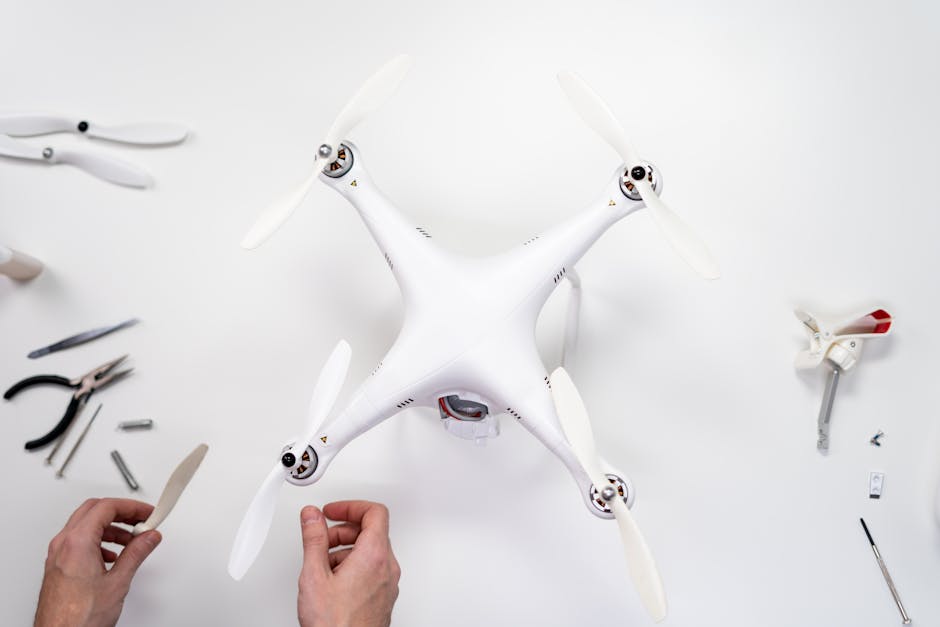
Your headset is one of the most important pieces of gear. Why? Because noise can be loud in the cockpit. A quality headset will protect your hearing and help you communicate with air traffic control.
Look for features like:
- Noise-canceling: This technology blocks out engine noise.
- Comfort: Make sure it fits well for long flights.
- Bluetooth: Some headsets offer Bluetooth for music or phone calls.
Investing in a good headset can make your flying experience much more enjoyable.
What Should You Keep in Your Flight Bag?
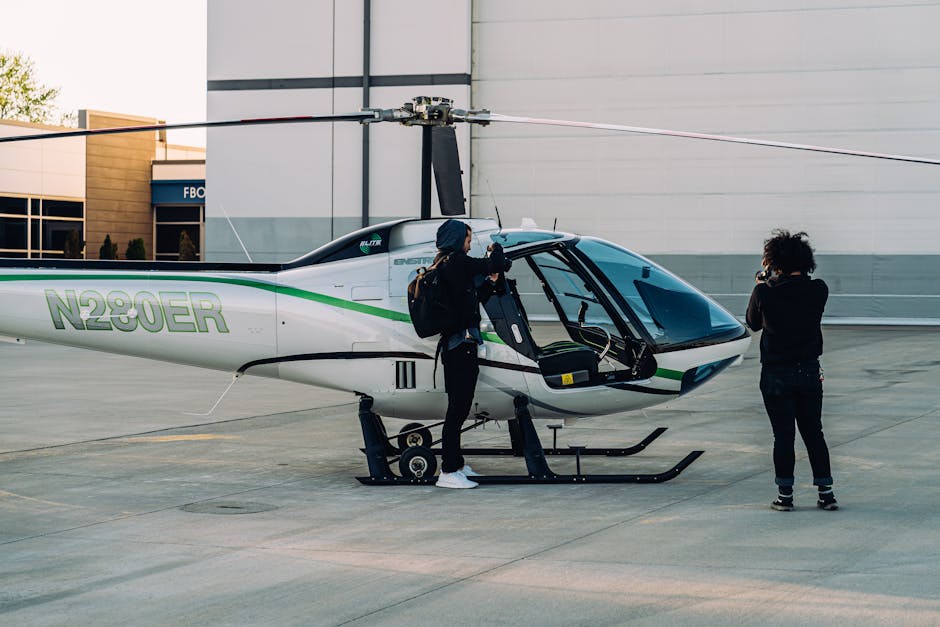
Your flight bag is your command center. It should have everything you need for a successful flight. Heres a checklist:
- Pilots Handbook
- Emergency Procedures
- First Aid Kit
- Snacks and Water
- Extra Sunglasses
Keeping your bag organized can save you time in the air. You don’t want to scramble to find your logbook while you’re preparing for takeoff!
Why Is a Pilot Logbook Important?
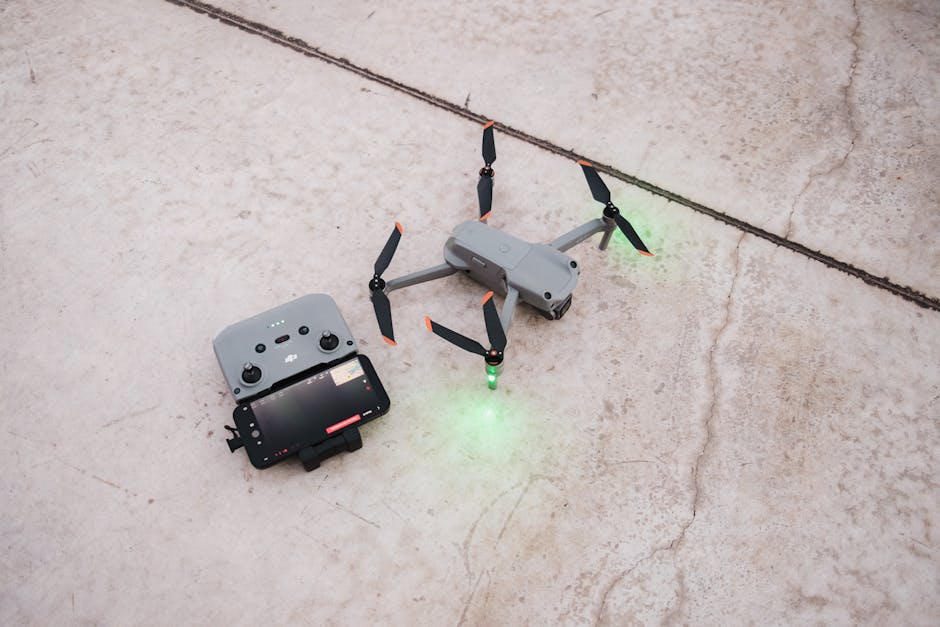
Your logbook is your flying diary. It not only tracks your flights but also shows how much experience you have. This is crucial when it comes to getting your pilot license.
Make sure to include:
- Date of the flight
- Flight time
- Aircraft type
- Flight conditions
Keeping accurate records helps you stay organized and is also a great way to look back on your journey as a pilot.
How Do You Use Charts and Navigation Tools?
Charts and navigation tools are like a roadmap for pilots. They help you understand where you are and where you’re going. Familiarize yourself with:
- Sectional Charts: These show terrain and airspace.
- Terminal Area Charts: Ideal for busy airports.
- GPS Devices: These help with route planning.
Using these tools effectively can make your flights safer and more efficient.
what’s a Flight Computer and Why Do You Need One?
A flight computer is a handy tool for calculations. It helps you determine weight, balance, fuel consumption, and more. This is essential for ensuring your aircraft performs well and is safe to fly.
Some common calculations include:
- Takeoff distance
- Fuel requirements
- Altitude adjustments
This tool may seem complicated at first, but it’s very useful once you get the hang of it.
What Clothing Should You Wear While Flying?
Clothing is another essential part of your flight gear. You want to be comfortable and safe. Here are some tips:
- Dress in layers: The temperature can change in the cockpit.
- Wear closed-toe shoes: This protects your feet in case of an emergency.
- Avoid loose clothing: It can get caught in controls.
Choosing the right clothing can make a significant difference during your flight.
How Can You Prepare for Your First Flight?
Your first flight can be both exciting and nerve-wracking. Here are some tips to prepare:
- Review your flight plan thoroughly.
- Familiarize yourself with the aircraft.
- Practice your communication skills.
Preparation can help ease your nerves and make your first flight enjoyable.
What Should You Do After Each Flight?
After flying, it’s essential to debrief yourself. This means reviewing what went well and what could be improved. Here are key points to consider:
- Log your flight details in your logbook.
- Discuss any challenges with your instructor.
- Reflect on your emotional response to the flight.
This practice helps you learn and grow as a pilot.
Where Can You Find Additional Resources?
There are plenty of resources available for new pilots. Websites like the Aircraft Owners and Pilots Association (AOPA) offer valuable information and support.
What Are Your Next Steps?
As you continue your journey in aviation, remember that the right gear can significantly impact your experience. Focus on getting the essentials first, and don’t rush into buying everything at once.
Here are some actionable takeaways:
- Choose a quality headset.
- Invest in a sturdy flight bag.
- Practice using charts and navigation tools.
- Stay organized with your logbook.
By preparing well, youll set yourself up for success in the skies. So, buckle up, enjoy your flying journey, and always keep learning!
